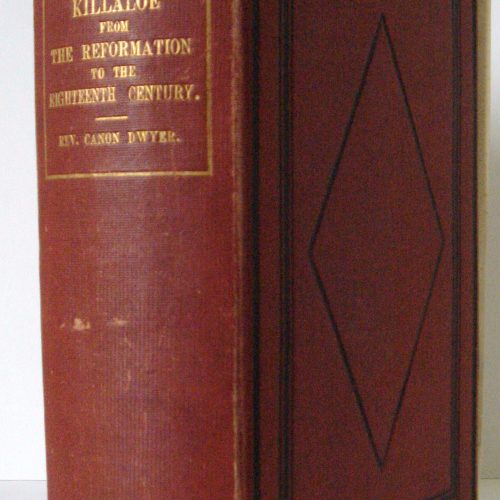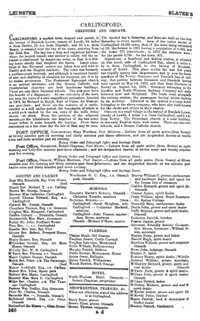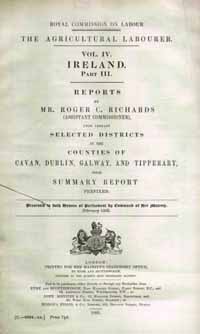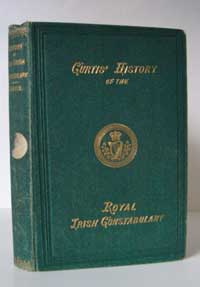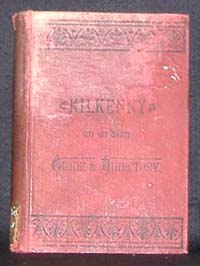Browse our range of products
Rev. Philip Dwyer, The Diocese of Killaloe, From the Reformation to the Close of the Eighteenth Century, 1878
What is inside?
Research Store.
Browse our range of products that can help trace your family ancestry and learn the story of your families history and past.
